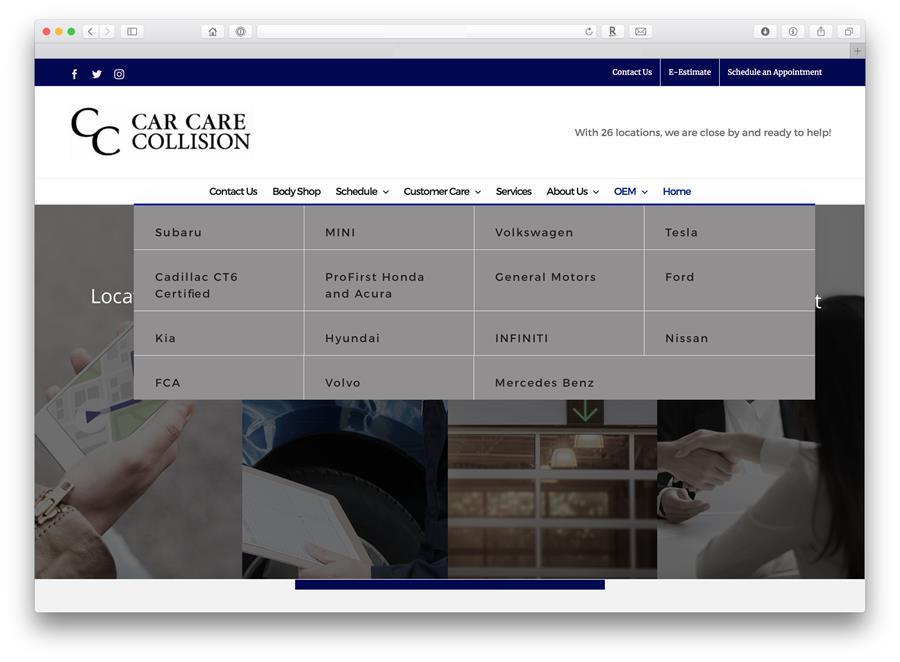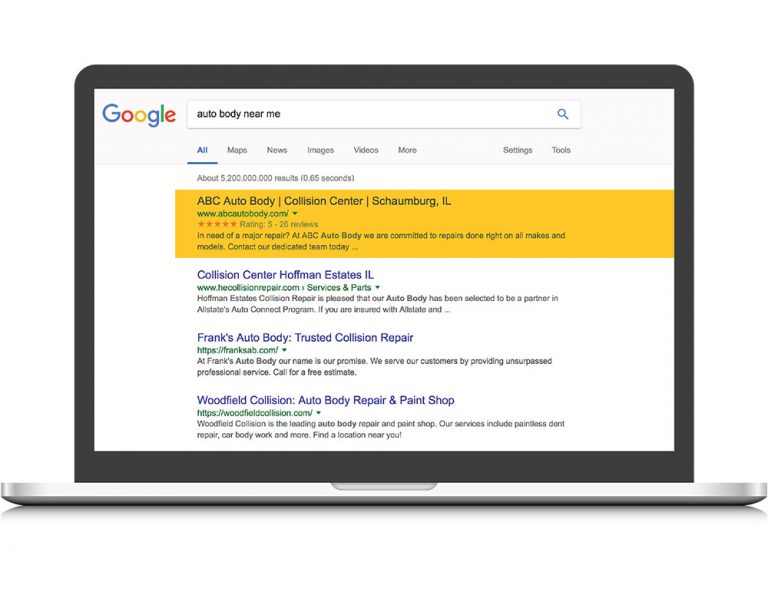As we mentioned last week, we’re on a quest to help shops overcome some of the common challenges they face when it comes to their digital marketing investments. Last week we shared the importance of knowing the actions that occur most frequently on a collision repair website.
This week we’re talking about Zombie pages.
What are Zombie pages?
We are often asked by shop owners to add pages to their website in an attempt to help their SEO. In many cases, (probably about 99%), after reviewing their analytics we recommend against any additional pages and in fact, often recommend reducing the number of pages.
Wait, what?
We’re not suggesting that more pages are necessarily bad for a website, that’s not it at all. What we’re saying is that every page on your site should serve a purpose for the visitor. When a site includes pages that are rarely if ever viewed, they are oftentimes referred to as “Zombie Pages” or “Dead Pages”.

An example of where Zombie pages might live on a collision repair site
There’s usually nothing unique or interesting about the content on these pages; they were added merely to help rank for certain keywords. Unfortunately, these pages create an adverse effect when it comes to SEO in general. This is because anyone who lands on these pages is just as likely to leave your site or jump to a different page.
As we’ve all heard, search engines use site performance metrics, like ‘traffic volume’ or ‘pages viewed per visit’, as part of how they rank websites. This part of the algorithm is typically referred to as Domain Authority and it’s an important part of the ranking algorithm. What most agencies selling to the collision repair industry don’t talk about is that Domain Authority ranking is distributed via the site structure and internal linking of the website. What this means in English is that Google doesn’t like businesses that not only have pages that aren’t being visited but also includes them in their main navigation bar!
What you need to realize is that search engines don’t want to send people to pages, or even websites, that contain little to no value. And especially to pages that no one visits. This is why having top-level navigation bar elements that no one visits is incredibly detrimental to your SEO strategy.
How To Find Zombie Pages
Once again, Google Analytics to the rescue! The performance difference between normal visited pages and Zombie Pages makes them easy to spot. We often look at the metrics below to monitor engagement and when pages with low to no engagement begin to mount up, we know it’s time to do something about it. If your site has over 20 pages, this most likely applies to you.

How to Prevent Zombie Pages From Happening Again
You need to understand how people interact with your site. The typical consumption of a collision repair website doesn’t necessitate a lot of unused pages. Oftentimes Zombie pages merely inflate the size of the site, causing slower load times and decreased performance metrics, impacting user engagement.
What You Should Be Doing
Keep your site light and focused on the user. Make sure you provide value where people choose to interact, which is typically your home page or your location page.
If you think your site includes Zombie pages contact your website administrator. For additional support or clarity contact Phoenix Solutions, we’re happy to assist.



